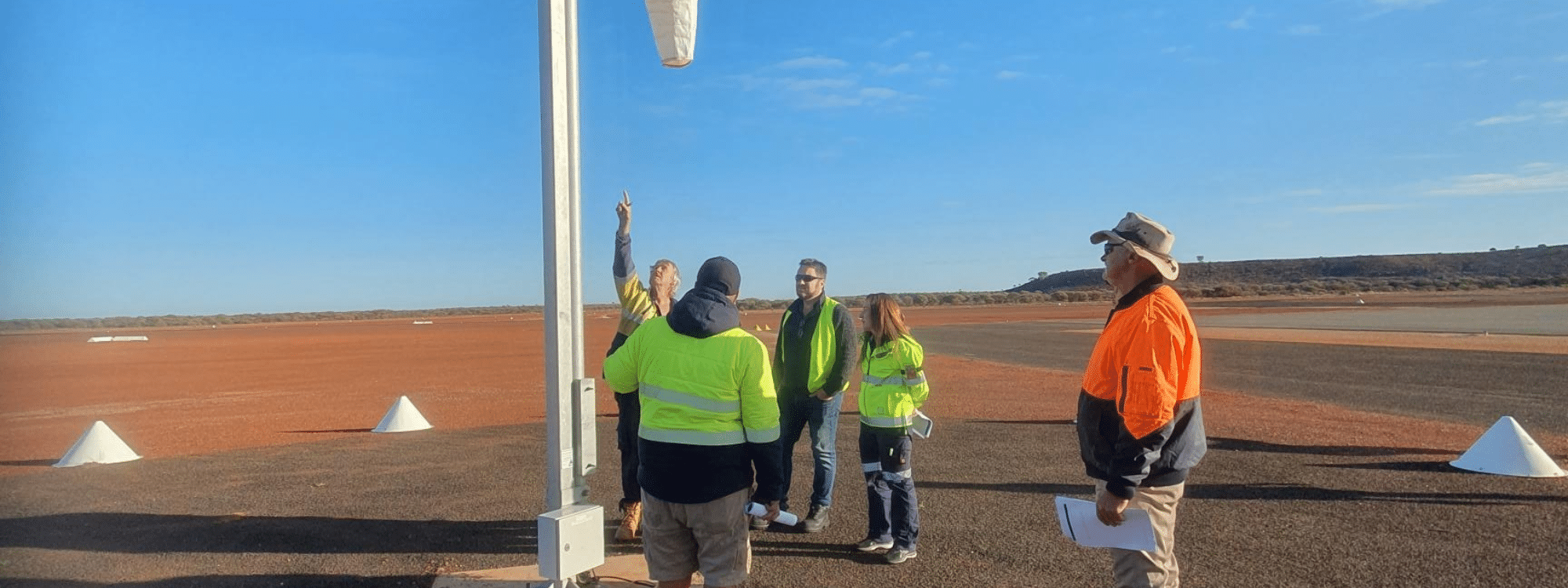A Basic Introduction to Aviation ‘Concept of Operations’ (ConOps)
Aviation has its fair share of acronyms and buzzwords. But one that is worth knowing – especially in the context of planning for a major project or undertaking – is ConOps.
The term ‘Concept of Operations’ is precisely what it implies – a document that captures your future operation ahead of a major change or project. Therefore, a ConOps is worthwhile for planning any new infrastructure or significant process changes.
Put in its simplest terms, a ConOps helps to;
- extract ideas,
- define and inform the critical changes and interfaces in a project,
- apply an operational lens to design, process, and
- tell everyone what needs to be tackled in the design and implementation.
How is a ConOps document prepared?
To begin, the coordinator of the ConOps should start with a good understanding of the project and application it is being considered for.
Take an airport terminal extension as an example. Identify and define every touch point for the passenger demographics, the various staff and any other user. Answer some of these operational questions:
- How will the changes impact the existing operation?
- What disruption will be created by the works / new design?
- Who will be affected? How? When?
- What improvements could be made to the existing operation?
Once you start to workshop these questions with the teams involved in the operation, you can capture the issues and ideas and then apply a metric of impact. This will quickly identify a priority scale to focus on, and consequently, you can form a structured change management plan within a prioritised matrix.
In short, A ConOps document is a visual way to present the impact on operations. It can be used to present to staff and stakeholders right up to the board.
Who should consider creating a ConOps, and when?
The ConOps process is optional for one or two systematic changes. Once there is a sizeable amendment to how you work, the process comes into its own. Everyone working in an operational context will benefit from the ConOps process – especially where there is a significant build or process amendment. It is also fully scalable from a micro business right up to a major project.
In an ideal world, it would start from Day 1 of Concept Design. A workshop could even be run before that point if the team is assembled and understands the plans – creating a framework to begin populating.
When should I seek external help?
That depends on your in-house experience and ability. You can apply an internal Change Management lens to a work project to a point, but where external help will add value is:
- Extraction of information. Asking the right questions from an external perspective.
- Application of third-party learnings. Each ConOps project is different, but there are key learning outcomes across all of them that can bring added value to your process.
- Keeping the process on track can be challenging when it is secondary to the main project. A trained professional has the tools to create a structured ConOps that is also professionally presentable.
- Complicated or sensitive projects. Being removed from the main project team allows a consultant to ask difficult questions and outline otherwise contentious changes.

















































